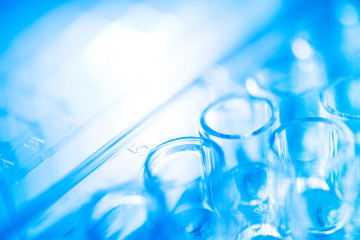PhD Studentship
Manipulating cholangiocarcinoma immune-phenotype in a patient derived precision-cut tumour model to improve immune checkpoint inhibition response

At a glance
In progress
Award date
October 2023 - September 2027
Grant amount
£120,000
Principal investigator
Dr Laura Randle
Co-investigator(s)
Institute
University of Liverpool
R
- Replacement
